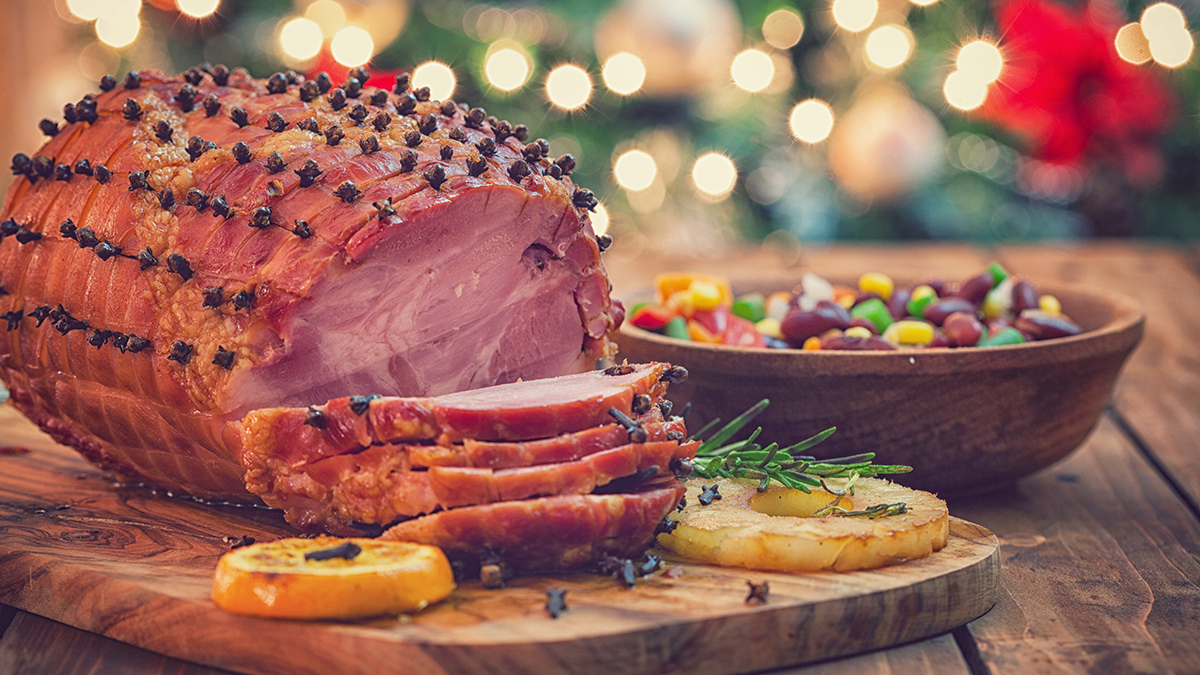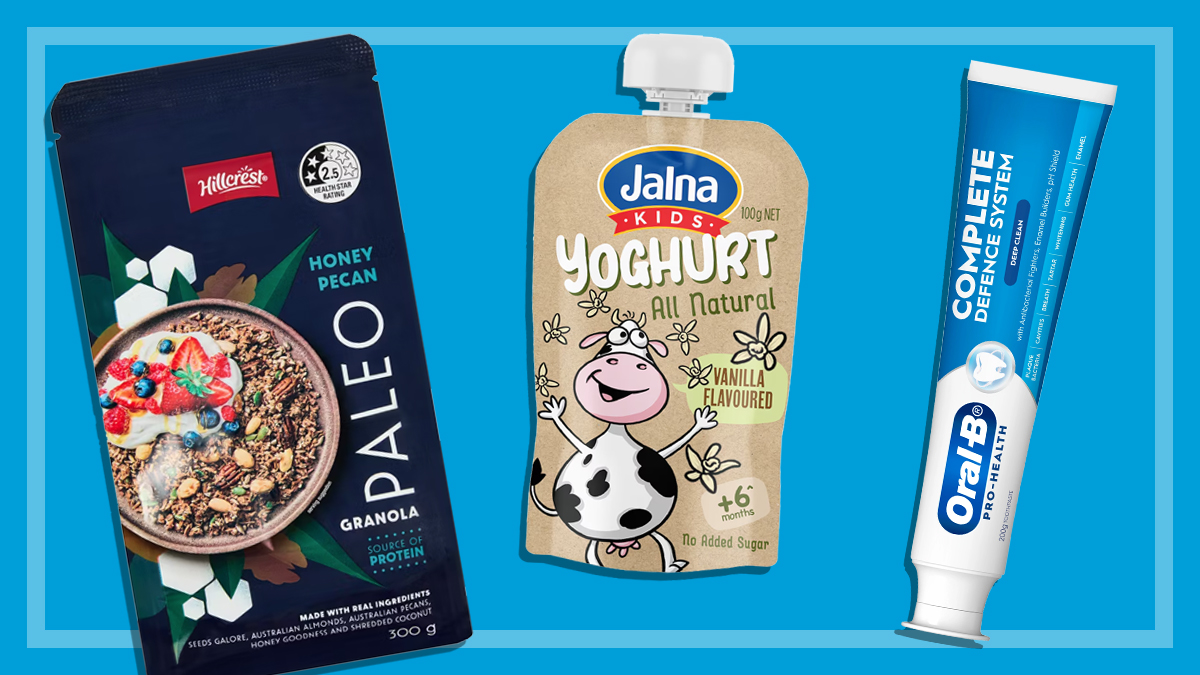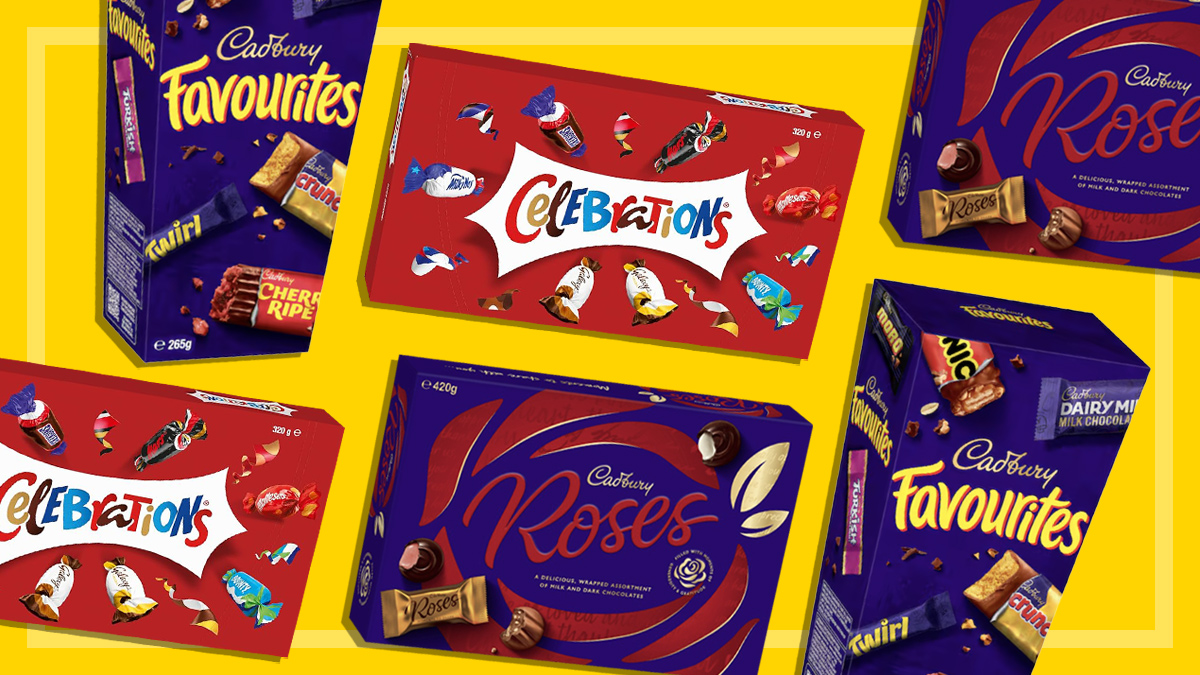Get our independent lab tests, expert reviews and honest advice.
Chia seeds – superfood or fad?

Need to know
- These versatile black or white seeds can be eaten raw or added to dishes
- Chia seeds are a great way to boost your daily fibre intake and an excellent source of high-quality protein for vegans and vegetarians
- You can add them to smoothies and desserts, or buy ready-made products from the supermarket that include chia as an ingredient
Chia seeds found their way onto our supermarket shelves around 10 years ago. Their arrival came with a great deal of chatter about the enormous health benefits locked inside the tiny seeds.
Around this time, kale was becoming a staple in the fridge of the health-conscious and chia seeds had some stiff competition with the emergence of other superfoods, such as acai berries, goji berries and wheatgrass.
But while barely anyone’s suffering through morning wheatgrass shots anymore, it seems chia seeds have endured.
They’re still finding their way into our ready-made snacks, such as health bars, breads, microwaveable rice, breakfast pods and cereals.
And they’ve lost no favour as a whole ingredient, either, as we happily add them to our breakfast smoothies, yoghurt, and baked goods.
So what’s given chia seeds an edge in the ever-changing realm of superfoods? And do they really deserve their superfood status?
What are chia seeds?
Chia seeds are derived from the desert plant Salvia hispanica L, a member of the mint family and native to Central America. Reportedly first used by the Aztecs, chia is sometimes labelled as an ancient grain, joining the likes of quinoa, amaranth, kamut, freekeh and spelt.
These versatile black or white seeds can be eaten raw or added to dishes. And although tiny, they’re said to pack a hefty nutritional punch.
Along with quinoa and amaranth, chia has also been classed as a ‘pseudocereal’ – a non-grass plant whose seed can be ground into flour and otherwise used as cereal.
When the Aztec civilisation disappeared, so did chia. Now one of the world’s biggest chia producers is right here in Australia, in the Kimberley region of northern WA.
Are chia seeds good for you?
There’s a lack of definitive evidence for many of the health claims around chia seeds. With this in mind, it’s best to include chia seeds as a part of a balanced diet to ensure you’re gathering daily sources of fibre, fats, protein and nutrients from a range of foods.
“There aren’t many published studies on the health benefits of consuming chia seeds, and much of the available information is based on animal studies, or human studies with a small number of research participants,” warns Charlene Grosse, accredited practising dietitian and spokesperson for the Dietitians Association of Australia.

Chia seeds and omega-3
Chia seeds do have an unusually high content (18%) of omega-3 fatty acids. These are a group of essential fats that are important for heart health and brain function. But of the 30% total fat found in chia seeds, more than half is alpha linolenic acid (ALA), which is the plant form of omega-3.
However, you can’t always take the marketing of chia at face value. Claims the product has more omega-3 than salmon – while possibly accurate – doesn’t give the full picture, as the form of omega-3 in marine sources, such as seafood and algae, is more readily used by the body. However, if you’re not a fish-eater, chia is a good source of omega-3.
Fibre-friendly chia
Chia seeds are a great way to boost your daily fibre intake as they have an outstanding fibre content. Chia has around 30% dietary fibre, which is higher than that of flaxseeds (linseed) or sesame seeds, and works out to be about 10g in 2 tablespoons (which would make a significant contribution to the 25–30g Australians are recommended to consume daily).
Pack a protein punch with chia
These little seeds are also an excellent source of high-quality protein making them a great addition to a vegetarian or vegan diet. They’re also extremely high in calcium – at 631mg per 100g, this is five times the level in milk.
Or, put another way, just 3 tablespoons of chia seeds has as much calcium as a glass of milk (although it may not be so readily absorbed). In any case, chia seeds are a good source of calcium for the lactose intolerant or vegan among us.
Mineral and antioxidants in chia seeds
Chia is also a source of other important minerals including iron, phosphorus, magnesium, vitamin B1 and B3, and zinc. The seeds also have a high antioxidant content, shown to fight the production of free radicals that lead to inflammation and disease.
Chia for cardiovascular health
There has been limited research with mixed results on whether including chia seeds as part of a healthy diet may help improve cardiovascular risk factors, such as lowering cholesterol, triglycerides and blood pressure.
These little seeds are also an excellent source of high-quality protein making them a great addition to a vegetarian or vegan diet.
Eating chia seeds for weight loss
Although chia has been spruiked as a tool for weight loss, these claims are minimally researched and yet to be proven. The claim that chia helps you to feel fuller for longer is likely more valid, due to the seeds’ high fibre and protein content, which in theory, makes you less likely to overeat.
So, are chia seeds a superfood?
Given these impressive nutrition credentials, it’s not surprising that chia is commonly spruiked as a superfood. Eating chia as part of a nutritionally balanced diet will certainly do you no harm and will likely give great benefits.
Chia can potentially help to improve joint, heart and brain health; help achieve weight management; and provide longer-lasting energy, among other benefits.
It’s also a great way to help fill nutritional gaps for vegans, vegetarians, and people who have restricted diets and/or food intolerances.

How to eat chia seeds
Perhaps the reason chia seeds have survived beyond a fad is down to their flexibility.
For the range of touted health benefits per serve, they’re fairly easy to incorporate into your daily menu.
Add just a few tablespoons to water, yoghurt or coconut milk and you’ve boosted your daily fibre and protein quotas.
Here are a few ideas to kickstart your chia consumption.
How to make chia pudding
Chia puddings are one of the most popular ways to enjoy chia as the seeds absorb liquid quickly, swelling to create a pudding-like consistency.
Puddings are simple to make and you can add a range of flavours, fruits and other ingredients to suit your tastes.
Make them as indulgent or wholesome as you like, adding anything from chocolate to yoghurt.
Try adding 2 tablespoons of chia to half-a-cup (125ml) of your chosen liquid, such as coconut milk, almond milk or cow’s milk.
As chia seeds have a very mild, nutty flavour, you may like to add honey or maple syrup, spices such as cinnamon, vanilla and nutmeg, and chopped seasonal fruit to pump up the excitement factor.
Sprinkle with slivered almonds or toasted coconut and pop in the fridge for up to three days.
Chia puddings are great for breakfast, a snack, or healthy dessert: you can make a batch in individual glass jars and simply grab one from the fridge as you head off to work.
As chia seeds become quite gelatinous when added to a liquid, they’re even suitable to use as an egg substitute in baking – an added plus for vegans
How to add chia to smoothies and drinks
From smoothies to detox drinks and even iced teas, add chia seeds to your beverage of choice for a little crunch and nutritional punch.
A good ratio to begin with is 3 tablespoons of chia seeds to 2 cups (500ml) of liquid. You could use 1 cup of your favourite juice combined with 1 cup of water, or even herbal tea.
Play around to find the consistency you like best, from watery to almost gel-like, by adding more chia or liquid.
Add chia to baked treats
Give your baked treats a boost of the good stuff by adding chia seeds to everything from banana bread to biscuits.
Depending on your preference, you can either choose to leave the seeds whole or grind them to a powder.
This is purely a textural choice, as the benefits of chia remain the same either way.
Try adding a tablespoon of chia to your favourite cake batter, pancake mix, cookie dough, or make chia the star of your energy bars.
Are chia seeds gluten-free or vegan?
Yes. The great thing about chia seeds is that they’re easily incorporated into most diets, whether you’re gluten-intolerant, vegetarian or vegan. And whether you choose black or white seeds, there’s no difference to nutritional benefit or flavour. As chia seeds become quite gelatinous when added to a liquid, they’re even suitable to use as an egg substitute in baking – an added plus for vegans.
Chia oil vs chia seeds
Chia seed oil can be consumed or used topically as a beauty product. The Chia Co make a cold-pressed oil that can be used to make a salad dressing or drizzled over roasted vegetables and soups. It has a mild, unobtrusive flavour and is a good way to add healthy oil to a meal. However, it’s not great to heat, so don’t start stir-frying with it.
When it comes to beauty, there are a dizzying array of chia oils available all touted to improve your skin tone and appearance. Beauty brands spruik chia oil to help fight inflammation, dryness and even ageing, but research remains thin on the ground for now.

Should we be eating more chia?
Some people can certainly benefit from eating more chia. “For those needing to increase their daily fibre and/or omega-3 intakes, consuming chia as part of a healthy balanced diet can be a way to achieve this,” says Grosse.
For people eating strict vegetarian (or vegan) diets in particular, for whom nuts and seeds play an important role as an alternative to meat, fish and eggs, chia’s fat profile, protein and calcium content make it a valuable option. Chia ticks some nutritional boxes, and its versatility is a bonus. But for most of us, the main benefit of including chia in our diet is to increase variety and add to the range of nutrients we consume.
Where to find chia seeds
Products with added chia are readily available in supermarkets. If it’s the omega-3 you’re after, the ones we checked out that mention omega-3 on their packaging are all reasonable sources, containing at least 200mg of ALA per serving.
It’s a good idea to check the label, as chia may appear in the name of a product, but the quantity of omega-3 doesn’t rate a mention on the label. This makes us wonder if it’s in there in any significant quantity.
While there are reasons other than nutrition for including chia in food – texture, for example – be aware that its addition to packaged foods can be a marketing ploy to cash in on the “health halo” of so-called superfoods.
You can find whole seeds for adding to your own recipes at most supermarkets and health food stores. You’ll find a vast catalogue of chia seed recipes on the internet, from salads to muffins, pizza bases to jams.






